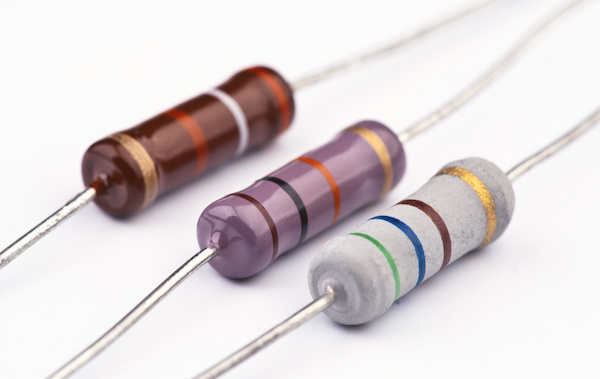At Hallmark Nameplate, we offer several different options for a membrane switch element. Each option has different characteristics that make it the right choice for different applications. To figure out which element is right for you, you need to know how you are going to use the switch. As long as you have that figured out, you can read the characteristics in detail below and come to the conclusion of which element is right for your project.
First, however, you should decide between tactile and non tactile switches. Tactile switches are made for applications where the switch needs to be held down to continue to activate the function. Non-tactile switches only need to be pressed once, but you have no control over the length of the action the button controls. Once you have decided between tactile and non-tactile switches, see below to decide on the right membrane switch element.
Conductive Silver
Conductive silver flex membrane switches are the most popular a construction for custom membrane and switches. They are very affordable, especially when compared to electromechanical switches, which can be quite expensive in some applications. Conductive silver switches can be used for both non-tactile and tactile switches. They are also often used for resistors and LEDs. Conductive silver is lead-free, so there is no danger of adverse health effects. Conductive silver is also good for extreme temperatures. Finally, these switches are very thin which makes them good for tight packaging applications. They are also quite easy to clean.
Copper Flex
Copper Flex elements, like conductive silver elements, can be used for both tactile and non-tactile switches. Copper flex element switches are often used for applications that have trace routing limitations or dense circuit patterns. Copper flex elements work well with very complex circuit boards. They are also better for hard soldering manufacturing techniques. This makes them effective in high vibration environments.
PCB-Based
PCB-based elements use a PCB as the main structure of the switch. A PCB, also known as a print circuit board, is made of copper covered fiber infused into a type of resin. The membrane switch is connected to the front of the PCB assembly. The display and any other components are on the backside of the PCB. PCB-based elements are available in non-tactile and tactile switches, as are the copper flex and conductive silver elements. However, PCB-based elements to have one main feature that sets them apart from the other elements. They can be used for capacitive switches. Another secondary advantage of PCB-based switches is that they can be multi-layered, double-sided, or single-sided. Additionally, they allow for multiple different types of connectors.
Choosing the Right Membrane Switch Element for Your Application
Ultimately, the choice of which element do you want to use for applications up to you. However, there are some general guidelines that you can follow when choosing an element to ensure that it will work for your project. If you have a tight budget, conductive silver may be the right choice for you. This is especially true if you need your device to work in extreme temperatures. Conductive silver is also good for applications that need tight packaging. If your application will subject the device to a great deal of vibration, a copper flex element may be the right choice for you. This is especially true if the device is also very complex, as copper elements work well with very complex circuit boards. Similar to conductive silver, copper flex elements are very compact.PCB-based elements are the only choice if you need capacitive switches. They are also the only choice if you need your switch is to be multi-layered, double-sided or single-sided. Finally, they are the only choice if you need to have multiple connector options.
As you can see, copper flex and conductive silver elements have many similar characteristics and can be used for many of the same projects. The main distinction of conductive silver is that it is cheaper. The main distinction of copper flex is that it is good for high vibration and for working with dense circuit boards. PCB-based elements, however, are unique and may be the only choice if you have need switches for a specialty application.




